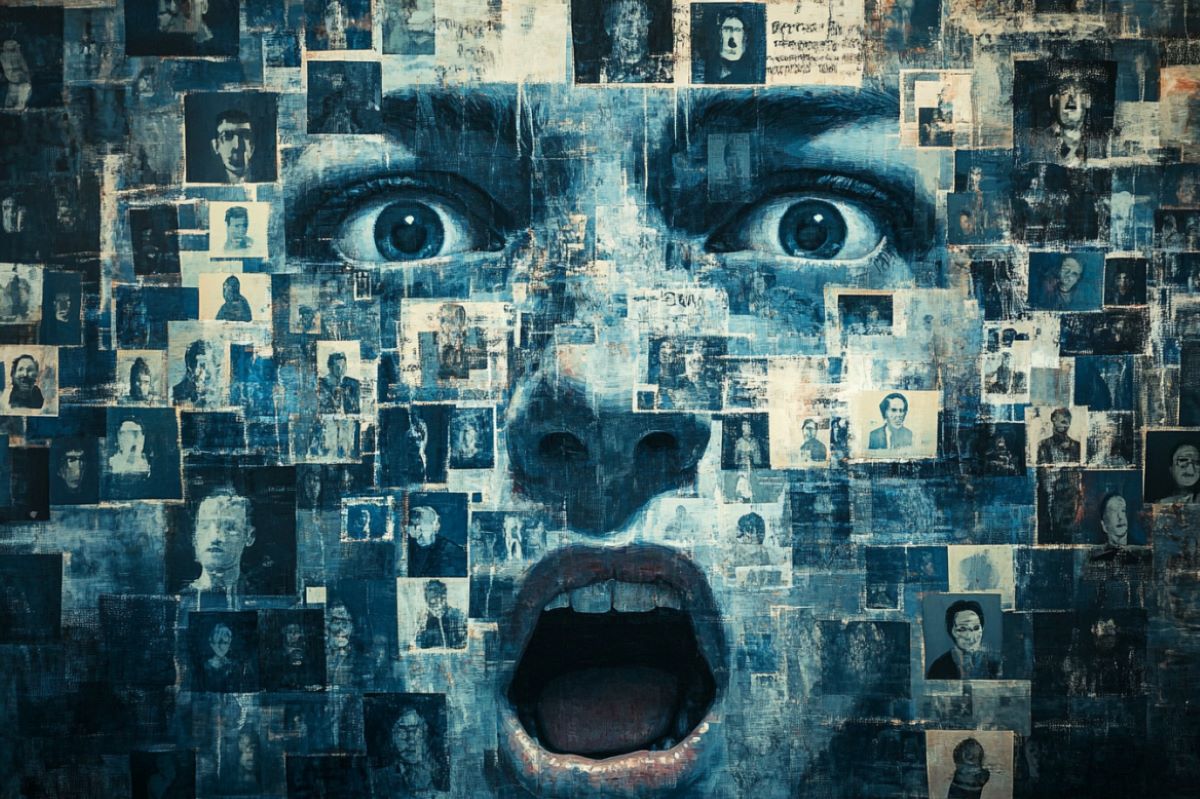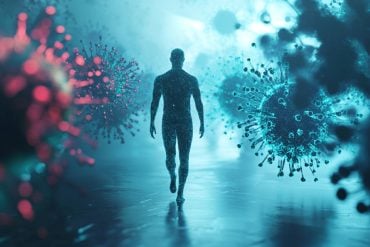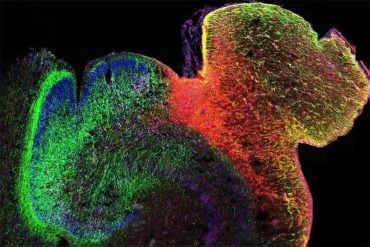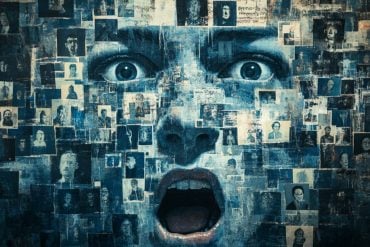Summary: A recent study examines how the structure of social networks influences the spread of both diseases and ideas, using data collected during the COVID-19 pandemic. Researchers developed a model to analyze not only social connections but also the mechanisms driving contagion and information diffusion.
Findings suggest that while it’s possible to reconstruct networks for diseases like COVID-19, tracking highly contagious illnesses is more challenging. However, the model indicates that social networks may allow more precise tracking of viral ideas and misinformation, offering insights into both public health and information spread.
Key Facts
- Social networks impact the transmission of both diseases and ideas.
- Landry’s model shows that reconstructing networks is easier for less infectious diseases.
- Highly viral trends may be more trackable than some diseases, aiding misinformation studies.
Source: University of Virginia
The COVID-19 pandemic gave the global medical community the opportunity to take giant strides forward in understanding how to develop vaccines and implement public health measures designed to control the spread of disease, but the crisis also offered researchers the chance to learn more about another kind of contagion: ideas.
Mathematician and assistant professor of biology Nicholas Landry, an expert in the study of contagion, is exploring how the structure of human-interaction networks affect the spread of both illness and information with the aim of understanding the role social connections play in not only the transmission of disease but also the spread of ideas and ideology.
In a paper published this fall in Physical Review E with collaborators at the University of Vermont, Landry explores a hybrid approach to understanding social networks that involves inferring not just social contacts but also the rules that govern how contagion and information spread.
“With the pandemic, we have more data than we’ve ever had on diseases,” Landry said. “The question is, What can we do with that data and how much data do you need to figure out how people are connected?”
The key to making use of the data, Landry explained, is to understand their limitations and understand how much confidence we can have when using epidemic models to make predictions.
Landry’s findings suggest that reconstructing underlying social networks and their impacts on contagion is much more feasible for diseases like SARS-CoV-2, Mpox or rhinovirus but may be less effective in understanding how more highly infectious diseases like measles or chickenpox spread.
However, for extremely viral trends or information, Landry suggests it may be possible to track how they spread with more precision than we can achieve for diseases, a discovery that will better inform future efforts to understand the pathways of both contagion and misinformation.
About this social neuroscience research news
Author: Russ Bahorsky
Source: University of Virginia
Contact: Russ Bahorsky – University of Virginia
Image: The image is credited to Neuroscience News
Original Research: Closed access.
“Reconstructing networks from simple and complex contagions” by Nicholas Landry et al. Physical Review E
Abstract
Reconstructing networks from simple and complex contagions
Network scientists often use complex dynamic processes to describe network contagions, but tools for fitting contagion models typically assume simple dynamics.
Here, we address this gap by developing a nonparametric method to reconstruct a network and dynamics from a series of node states, using a model that breaks the dichotomy between simple pairwise and complex neighborhood-based contagions.
We then show that a network is more easily reconstructed when observed through the lens of complex contagions if it is dense or the dynamic saturates, and that simple contagions are better otherwise.







